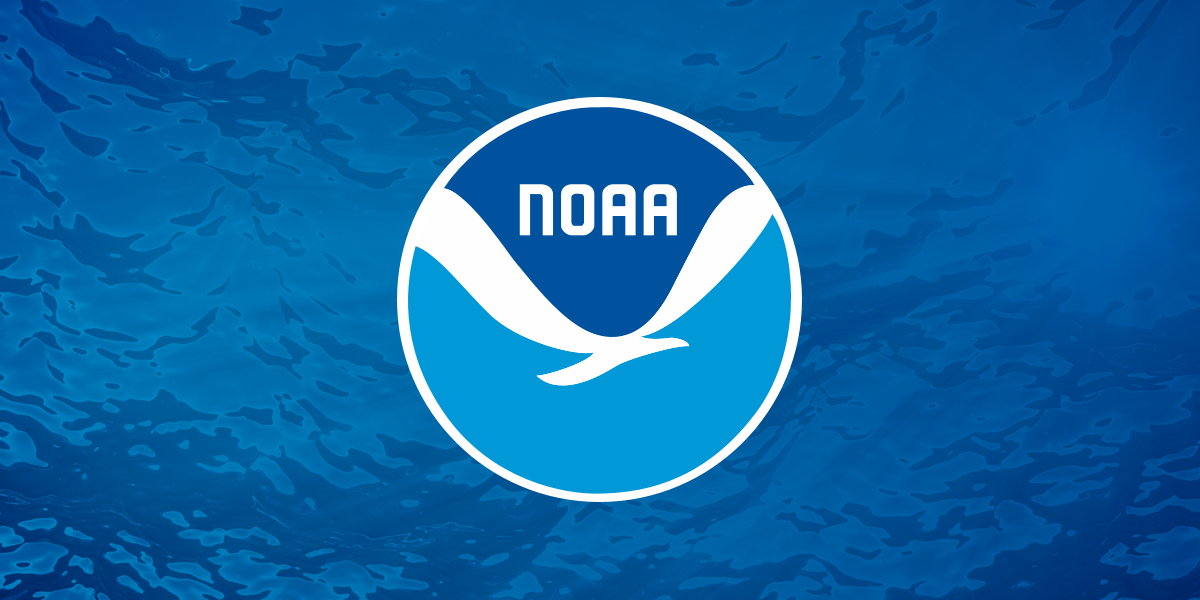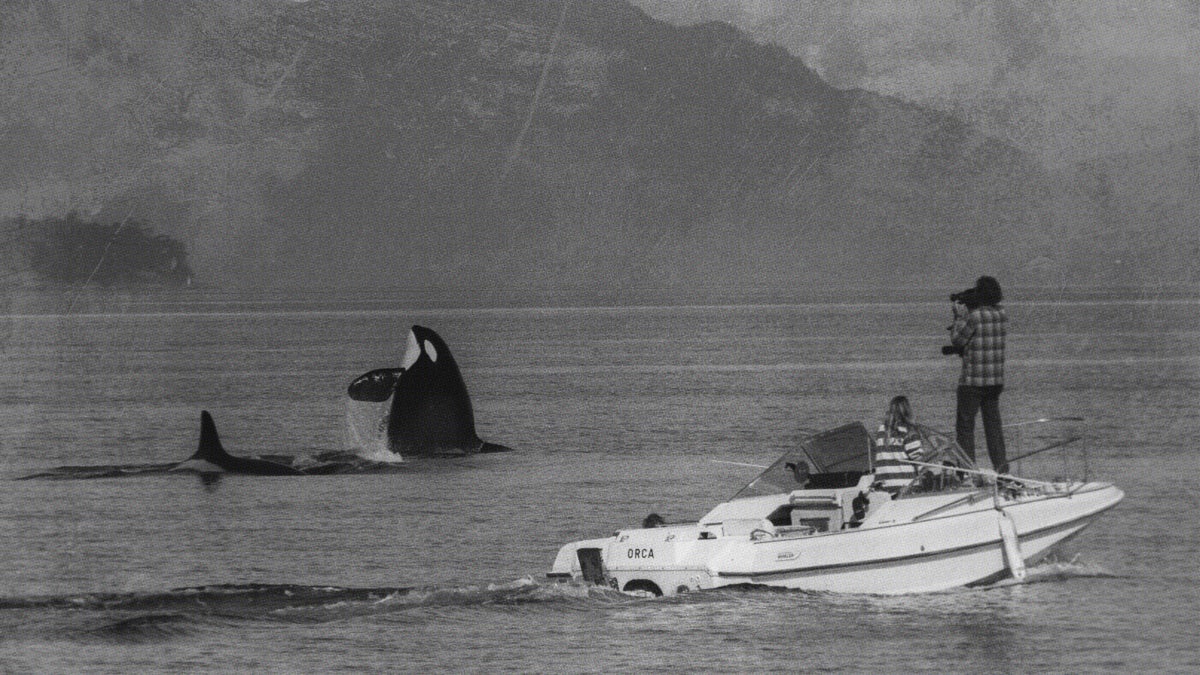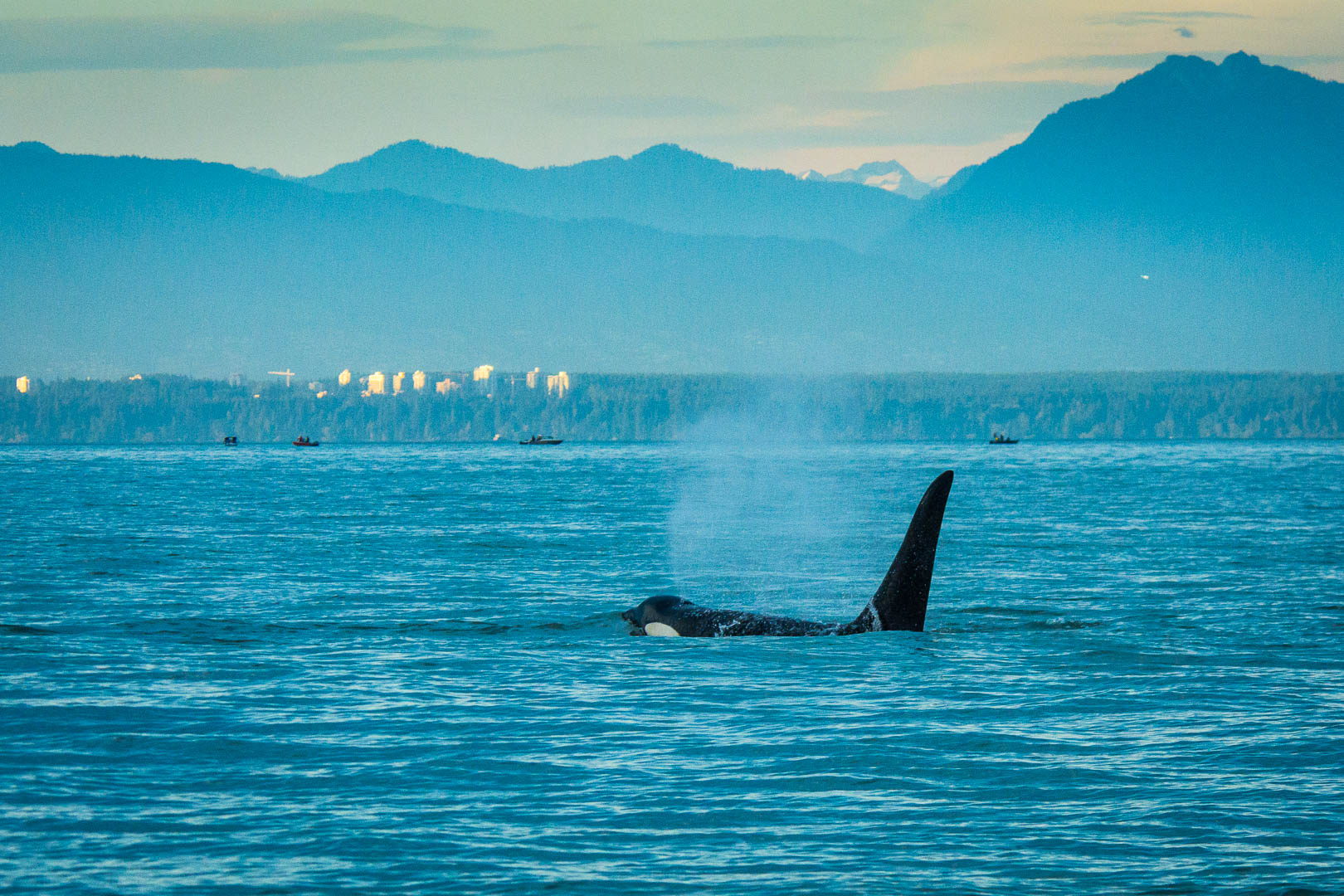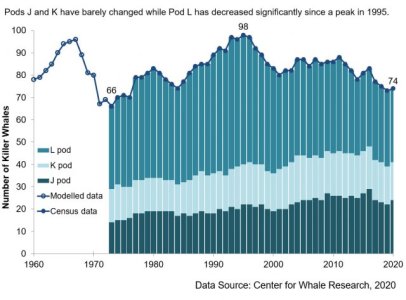You are using an out of date browser. It may not display this or other websites correctly.
You should upgrade or use an alternative browser.
You should upgrade or use an alternative browser.
Subject: Chinooks
- Thread starter Derby
- Start date
wildthing
Well-Known Member
A big if .............................. Alaska gets Shuts down watch are returns go sky high .......give us 7-15 years and sizes will go up as well...
Also reduce the seal population or control it .... and all and i mean all gill nets out of every river system ...........
want fish for the band have them harvested from the Ocean .....
Also reduce the seal population or control it .... and all and i mean all gill nets out of every river system ...........
want fish for the band have them harvested from the Ocean .....
Deepaaaar
Well-Known Member
Interesting. 97% of the fish from the SE AK chinook troll fishery are from down here? Wild.
If the goal is to increase chinook spawners this is indeed what we want.Be Careful What You Wish For.... While a closure in SouthEast Alaska would let more fish return to BC Washington and Oregon, It would also INCREASE the pressure to close the Chinook Fishery here... I dont think that is what we want ?
CR Greg
ship happens
Well-Known Member
I stopped sport fishing in the rivers 3 years going now. Doing my part. Now I have 2 custom built boats that never get used. I do agree with the set net and gill nets being outlawed, however I don't know how you would win that one. Its now ceremonial and yeah. Its basically up to FN to do their part. If they choose to do that kiss sport fishing goodbye
stolen from AgentAquas post on Killer whales....If the goal is to increase chinook spawners this is indeed what we want.
The history of these SRKW restrictions actually started because Canada didn't want the exported seafood products to be blocked entry into their largest market - the US of A - which restricts imported seafood under their Endangered Species Act if the export Nation doesn't mirror the USA efforts.
So.......... If Alaska closes their Fishery, there will be significant pressure from the US for Canada to close as well.. This IS NOT about putting more Chinook on the Spawning Grounds.. Its about "providing food for Whales" or .... stopping all fishing.
Whatever. Less fishing means more chinook spawning which is what these fish need more than anything else.stolen from AgentAquas post on Killer whales....
The history of these SRKW restrictions actually started because Canada didn't want the exported seafood products to be blocked entry into their largest market - the US of A - which restricts imported seafood under their Endangered Species Act if the export Nation doesn't mirror the USA efforts.
So.......... If Alaska closes their Fishery, there will be significant pressure from the US for Canada to close as well.. This IS NOT about putting more Chinook on the Spawning Grounds.. Its about "providing food for Whales" or .... stopping all fishing.
Corey_lax
Crew Member
The in-river netting won't stop though so we are just giving it up if that's the case. Once you give up being able to fish, we won't get it back even if there's 10x the amount of fish spawning.Whatever. Less fishing means more chinook spawning which is what these fish need more than anything else.
ship happens
Well-Known Member
@agentaqua
Question for you here, and this again copied from above, from the SRKW topic.
Was this the start of the conservation or was it the first initiated act?
"The history of these SRKW restrictions actually started because Canada didn't want the exported seafood products to be blocked entry into their largest market - the US of A - which restricts imported seafood under their Endangered Species Act if the export Nation doesn't mirror the USA efforts"
Was the start of the conservation when they sold 47 whales to sea world? Then after was there a concern about their population which lead to the above? I still dont see this information printed in any of these articles. In the article @Derby posted on this thread, they claim this...
"The Wild Fish Conservancy states the Southern Resident killer whales are down to a population of 73 whales, down from 100 25 years ago. The conservancy of the population decline is due in large part to a lack of prey, particularly wild chinook caught in Southeast Alaska during the summer and winter troll fishery"
So they claim that they are dying ( from lack of their propsed favorite dish ) however they stole and sold 47 of them. In that my other question is, in the whales they sold, what damage did that end up doing to the pods? Does anyone know this answer? Such as if you take X amount of females what does that do for some of the pods? or take X of the males etc. Did one or more pods completely die off after that? How are they still playing the Chinook card and noone is talking about what actually is happening or has happened?
Edit: found it at least a quick google search says this:
"From 1964 to 1976, approximately 47 southern resident orcas were captured to be taken to aquariums, and possibly a dozen or more died during capture attempts."
One more question:
Why is this not a concern when it has already been proven? Didn't the government just give the big pulp mill in nanaimo 18 million?
"Researchers in British Columbia announced they had discovered the chemical 4-nonylphenol, or 4NP, in the 12 killer whales they studied. 4NP is often used in pulp and paper processing but is also found in soap, detergents and textile processing."
Question for you here, and this again copied from above, from the SRKW topic.
Was this the start of the conservation or was it the first initiated act?
"The history of these SRKW restrictions actually started because Canada didn't want the exported seafood products to be blocked entry into their largest market - the US of A - which restricts imported seafood under their Endangered Species Act if the export Nation doesn't mirror the USA efforts"
Was the start of the conservation when they sold 47 whales to sea world? Then after was there a concern about their population which lead to the above? I still dont see this information printed in any of these articles. In the article @Derby posted on this thread, they claim this...
"The Wild Fish Conservancy states the Southern Resident killer whales are down to a population of 73 whales, down from 100 25 years ago. The conservancy of the population decline is due in large part to a lack of prey, particularly wild chinook caught in Southeast Alaska during the summer and winter troll fishery"
So they claim that they are dying ( from lack of their propsed favorite dish ) however they stole and sold 47 of them. In that my other question is, in the whales they sold, what damage did that end up doing to the pods? Does anyone know this answer? Such as if you take X amount of females what does that do for some of the pods? or take X of the males etc. Did one or more pods completely die off after that? How are they still playing the Chinook card and noone is talking about what actually is happening or has happened?
Edit: found it at least a quick google search says this:
"From 1964 to 1976, approximately 47 southern resident orcas were captured to be taken to aquariums, and possibly a dozen or more died during capture attempts."
One more question:
Why is this not a concern when it has already been proven? Didn't the government just give the big pulp mill in nanaimo 18 million?
"Researchers in British Columbia announced they had discovered the chemical 4-nonylphenol, or 4NP, in the 12 killer whales they studied. 4NP is often used in pulp and paper processing but is also found in soap, detergents and textile processing."
Last edited:
ship happens
Well-Known Member
Lots of good questions SH - and it looks like you are on the quest of answering a few of them yourself. Excellent all the way around.
I may have a few answers to some of the questions but likely don't know all the answers - but I'll try to answer a few starting with the import question...
As you & others likely know - both countries (USA and Canada) have their own versions of species at risk acts (ESA in USA, SARA in Canada) & related operational legislation for these acts that interacts in various ways - but the key difference (besides the arbitrary borders) is that the USA is ~10 times the size of Canada by population and is a market for Canadian seafood whereas very little seafood in comparison from the states sells in Canada.
So the USA calls the shots if one wishes to import and sell Canadian seafood in the states. The Canada-US agreement on shellfish sanitation and the Canadian Shellfish Sanitation Program (CSSP) is yet another example of the US trade imports dictating seafood regulation in Canada - and fish farms in Canada can't import their diseased fresh fish into the USA if it is declared a free zone. The Endangered Species Act is yet another example of USA trade regulations affecting Canadian seafood management.
The USA doesn't require that Canada designates SRKW as threatened in their SARA Act, but rather: "the United States may impose import restrictions on seafood products from foreign fisheries that do not meet U.S. standards for legal harvest or mitigating bycatch of protected resources (e.g., marine mammals and sea turtles).":

 www.fisheries.noaa.gov
www.fisheries.noaa.gov
And that's where the trade protections lead also to the food "resources" (AKA Chinook) of the SRKW need to be protected at least as well as what the USA does - including closures - whether or not it makes any sense to fishers in Canada. And that ENGO group in Washington State went after AKs commercial fishery using this Act recently just for that same reason which is the news article that derby started this thread. Ill see if I can find some time to work on the other questions....
I may have a few answers to some of the questions but likely don't know all the answers - but I'll try to answer a few starting with the import question...
As you & others likely know - both countries (USA and Canada) have their own versions of species at risk acts (ESA in USA, SARA in Canada) & related operational legislation for these acts that interacts in various ways - but the key difference (besides the arbitrary borders) is that the USA is ~10 times the size of Canada by population and is a market for Canadian seafood whereas very little seafood in comparison from the states sells in Canada.
So the USA calls the shots if one wishes to import and sell Canadian seafood in the states. The Canada-US agreement on shellfish sanitation and the Canadian Shellfish Sanitation Program (CSSP) is yet another example of the US trade imports dictating seafood regulation in Canada - and fish farms in Canada can't import their diseased fresh fish into the USA if it is declared a free zone. The Endangered Species Act is yet another example of USA trade regulations affecting Canadian seafood management.
The USA doesn't require that Canada designates SRKW as threatened in their SARA Act, but rather: "the United States may impose import restrictions on seafood products from foreign fisheries that do not meet U.S. standards for legal harvest or mitigating bycatch of protected resources (e.g., marine mammals and sea turtles).":

Seafood Import Restrictions
Under statutes such as the Marine Mammal Protection Act the United States can impose import restrictions on seafood products from foreign fisheries that do not meet U.S. standards.
And that's where the trade protections lead also to the food "resources" (AKA Chinook) of the SRKW need to be protected at least as well as what the USA does - including closures - whether or not it makes any sense to fishers in Canada. And that ENGO group in Washington State went after AKs commercial fishery using this Act recently just for that same reason which is the news article that derby started this thread. Ill see if I can find some time to work on the other questions....
Last edited:
ship happens
Well-Known Member
Seems like there's alot of information out there, as once again I'm trying to sift through it. Some is misinformed and most are almost in sink with one another however I found something interesting. That maybe science doesn't have the actual answer to unless they have found bodies.
"From 2012 through 2020, there were 17 births (average= 1.9 per year), six of which have gone missing or died. During that same period, an additional 26 Southern Resident killer whales have gone missing or died."
Hard to belive that that many dead/missing whales would not be floating around or washed up. Seeing as the whale business is strikingly all over these guys.
"From 2012 through 2020, there were 17 births (average= 1.9 per year), six of which have gone missing or died. During that same period, an additional 26 Southern Resident killer whales have gone missing or died."
Hard to belive that that many dead/missing whales would not be floating around or washed up. Seeing as the whale business is strikingly all over these guys.
ship happens
Well-Known Member
@Derby My apologies for this thread turning into whales but I think it's the subject of the article.
My previous questions I think are still unanswered. However I did find this. It might be the most well speculated unbiased I have found. I think the real question is what was the long term impact of taking certain aged male or female whales in the long term for the population?
"After the captures stopped, the population grew. By the mid-1990s, it was up to 98 animals. But the impacts of removing so many young animals would reverberate well beyond the 1970s. By the late 1990s, there were signs of trouble. By 2001, numbers had dropped to 78 individuals. In 2005, the Southern Residents were listed by Fish and Wildlife as an endangered population. Less than a year later, Haro Strait, the waters around the San Juan Islands, the Strait of Juan de Fuca, and Puget Sound were designated as critical habitats. Presumed threats to their recovery included lack of prey, vessel disturbance, and toxin pollution. Despite their protected status, their numbers continued to decline, and now the Southern Residents’ lasting existence is at stake."

 www.outsideonline.com
www.outsideonline.com
My previous questions I think are still unanswered. However I did find this. It might be the most well speculated unbiased I have found. I think the real question is what was the long term impact of taking certain aged male or female whales in the long term for the population?
"After the captures stopped, the population grew. By the mid-1990s, it was up to 98 animals. But the impacts of removing so many young animals would reverberate well beyond the 1970s. By the late 1990s, there were signs of trouble. By 2001, numbers had dropped to 78 individuals. In 2005, the Southern Residents were listed by Fish and Wildlife as an endangered population. Less than a year later, Haro Strait, the waters around the San Juan Islands, the Strait of Juan de Fuca, and Puget Sound were designated as critical habitats. Presumed threats to their recovery included lack of prey, vessel disturbance, and toxin pollution. Despite their protected status, their numbers continued to decline, and now the Southern Residents’ lasting existence is at stake."

Is It Too Late for the Southern Resident Orcas?
Researcher Ken Balcomb has spent more than half his life studying the iconic killer whales of Washington’s San Juan Islands and raising awareness about their struggle for survival. Now he may have run out of time.
Last edited:
Hey SH - Ill take a stab @ some of your other questions. !st - full disclosure - I am NOT any MM expert or ENGO rep. So, I only know how the management and regulations have changed over time wrt MM protection - and some of the players within these meetings - and of course the politics. Many others on here have similar backgrounds and experiences.
The exact cause of the decline in the SRKW has been hotly contested over the years as we all know. The availability, numbers and contamination/safety of one of their key prey sources (adult Chinook) has been hotly debated - but more recent studies throws doubt on the earlier assertions that Chinook numbers are limiting SRKW numbers:

 news.ubc.ca
news.ubc.ca
In any event I believe the largest elephant in the room is actually the existing population size and introgression effects - as you mentioned in your past few posts. There have been numerous studies on this:
As a general rule of thumb - to avoid inbreeding introgression effects most isolated populations need something like +200 individuals to avoid inbreeding effects. The SRKW population has a way and a long time to go to approach this target and escape this risk, as you have posted. They may instead be unable to do so and slowly expire thru a prolonged decline. That is the elephant in the room rarely spoken about.
And the newest research on 4NP adds to the concern over contaminants - as you posted. The science on this stressor will also increase over time, as will management responses.
So - what's the strategy from here on?
I'm not sure there is any single silver bullet here, but I would recommend to stay informed, current and involved in these SRKW/Chinook processes and stay on top of the misinformation offered by some MM ENGOs and demand accountability & honesty from all spokespersons. Maybe even join some of these mm ENGOs or their FB pages to keep an eye on what they do and say. Learn, understand and participate in the processes that the feds have to do wrt SARA/ESA.
 www.pac.dfo-mpo.gc.ca
www.pac.dfo-mpo.gc.ca
The exact cause of the decline in the SRKW has been hotly contested over the years as we all know. The availability, numbers and contamination/safety of one of their key prey sources (adult Chinook) has been hotly debated - but more recent studies throws doubt on the earlier assertions that Chinook numbers are limiting SRKW numbers:

No apparent shortage of prey for southern resident killer whales in Canadian waters during summer - UBC News
A popular belief that there are fewer Chinook salmon during the summer in Canadian waters for southern resident killer whales, compared to an abundance of fish for northern resident killer whales, has been debunked by a study led by scientists at the University of British Columbia.
In any event I believe the largest elephant in the room is actually the existing population size and introgression effects - as you mentioned in your past few posts. There have been numerous studies on this:
As a general rule of thumb - to avoid inbreeding introgression effects most isolated populations need something like +200 individuals to avoid inbreeding effects. The SRKW population has a way and a long time to go to approach this target and escape this risk, as you have posted. They may instead be unable to do so and slowly expire thru a prolonged decline. That is the elephant in the room rarely spoken about.
And the newest research on 4NP adds to the concern over contaminants - as you posted. The science on this stressor will also increase over time, as will management responses.
So - what's the strategy from here on?
I'm not sure there is any single silver bullet here, but I would recommend to stay informed, current and involved in these SRKW/Chinook processes and stay on top of the misinformation offered by some MM ENGOs and demand accountability & honesty from all spokespersons. Maybe even join some of these mm ENGOs or their FB pages to keep an eye on what they do and say. Learn, understand and participate in the processes that the feds have to do wrt SARA/ESA.
Input on recovery of Southern Resident killer whale potential management measures for 2023 | Pacific Region | Fisheries and Oceans Canada
Input on recovery of Southern Resident killer whale potential management measures for 2023
Similar threads
- Replies
- 1
- Views
- 442
- Replies
- 0
- Views
- 375
- Replies
- 0
- Views
- 238
- Replies
- 13
- Views
- 2K


